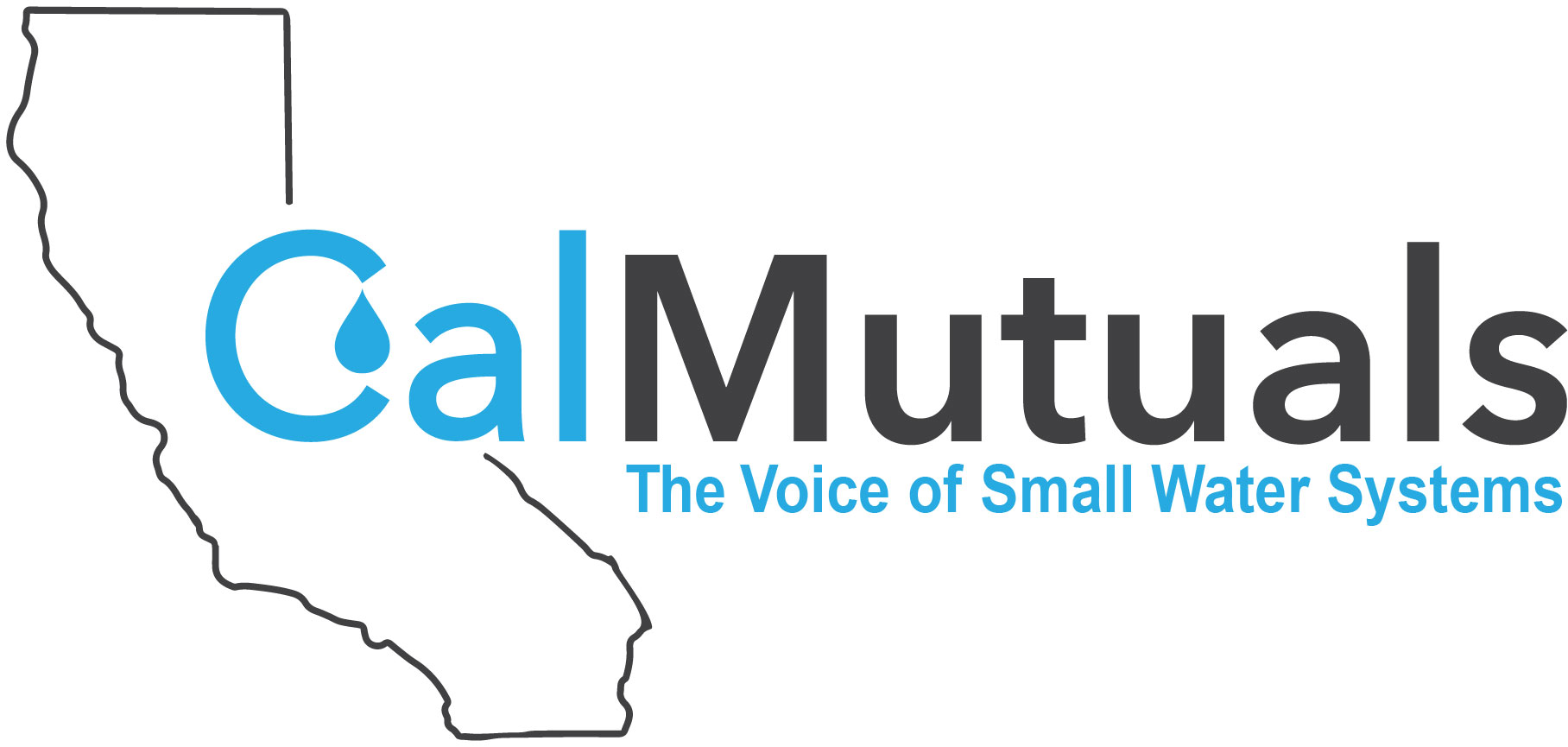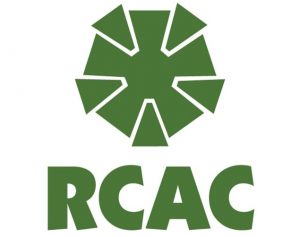Webinar | AGWA-AGWT Annual California Groundwater Conference
Webinar OnlyThe annual AGWA-AGWT California Groundwater program attracts participants interested in learning about the state’s water management challenges and solutions. Presentation topics to discuss: What is the grower/irrigator perspective on future water sharing? What if we aren’t correctly calculating aquifer storage volume? Is the water market the future for management decisions? Can models be the basis for sustainability plans? When does pumping impact surface water? Who should attend? Water managers, engineers, planners, utility operators, groundwater consultants, geologists, hydrogeologists, farmers/growers/irrigators, water well professionals, water attorneys, groundwater end-users, city and county government employees, Federal and State water agencies, regulatory authorities, environmental NGOs and interested citizens


